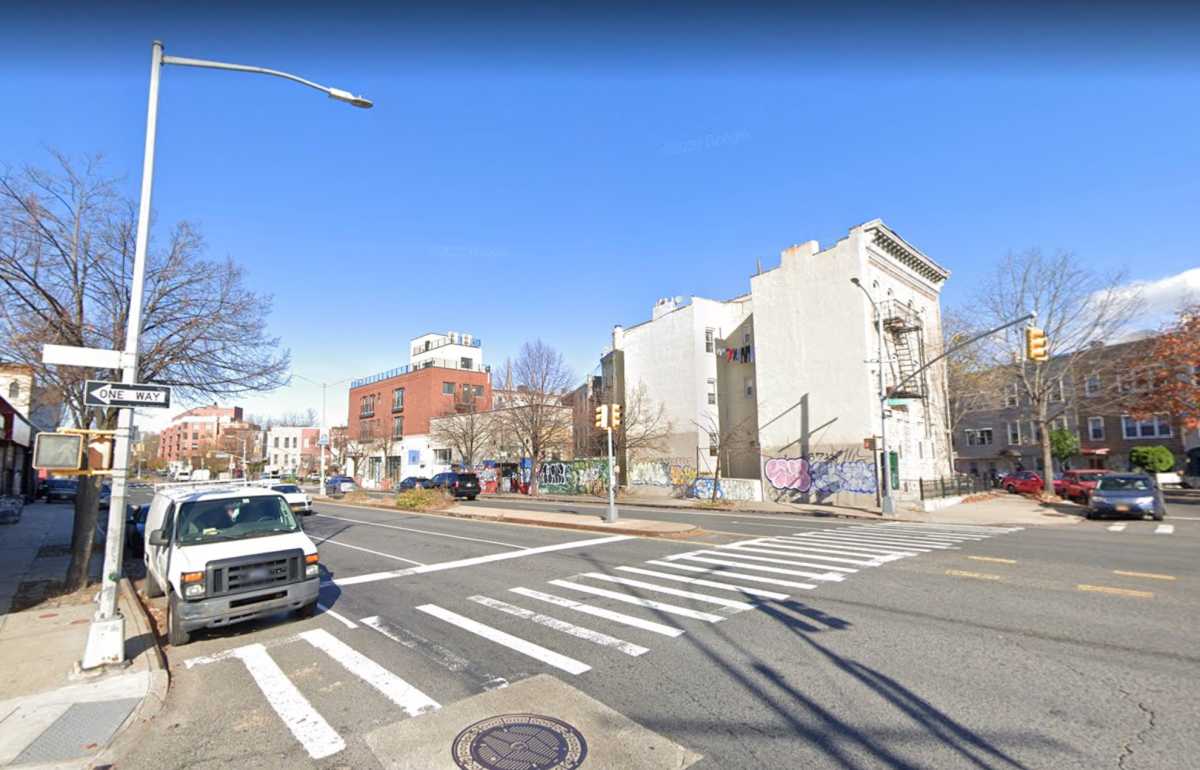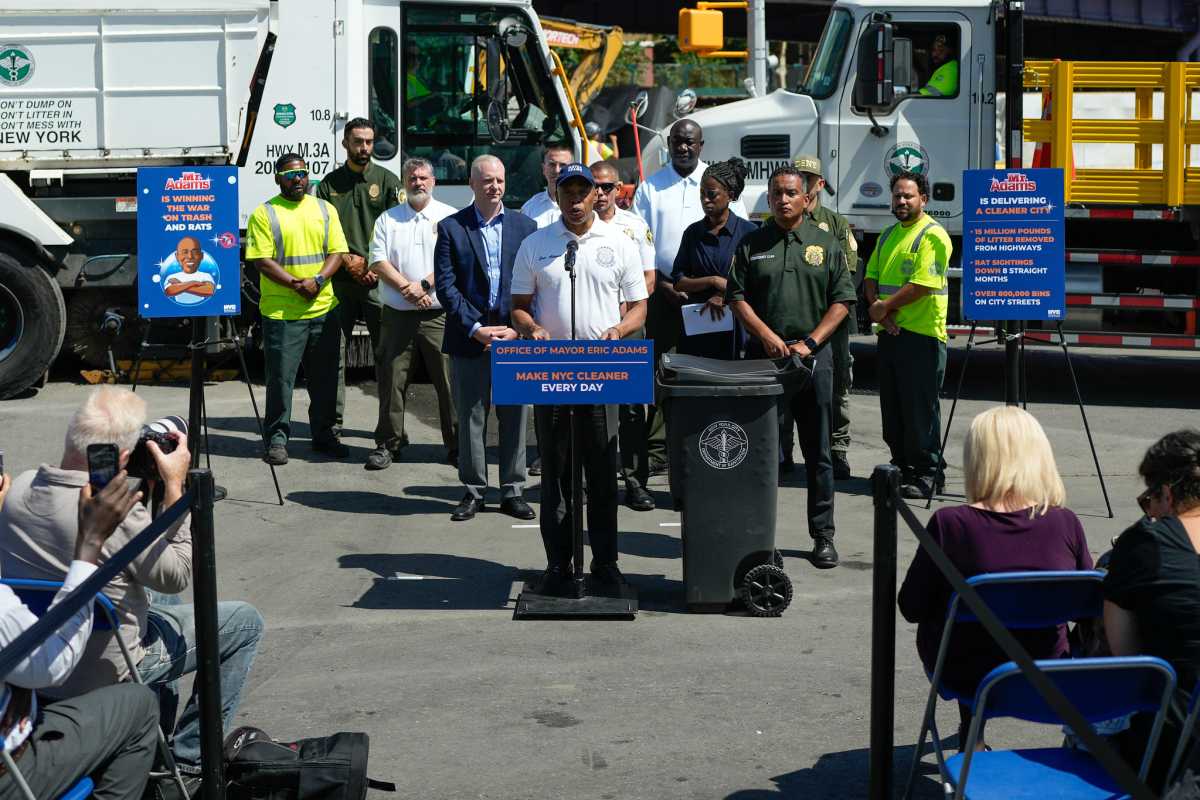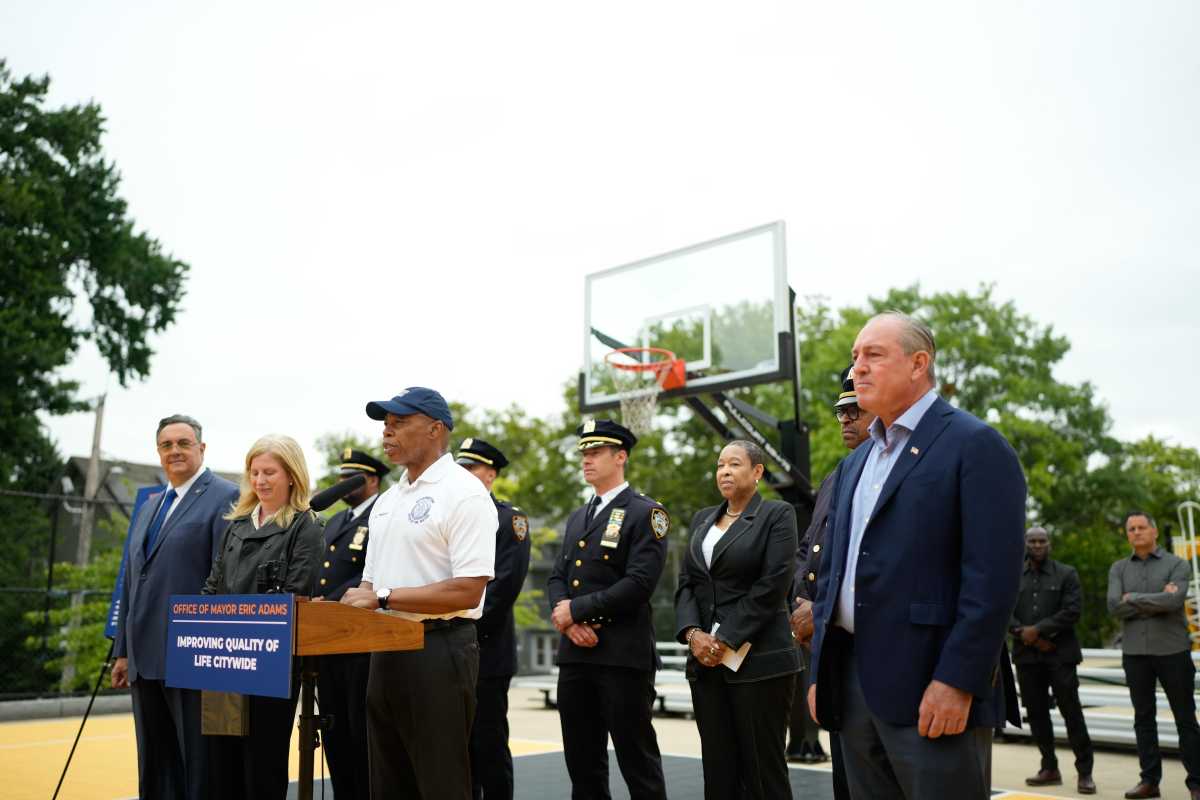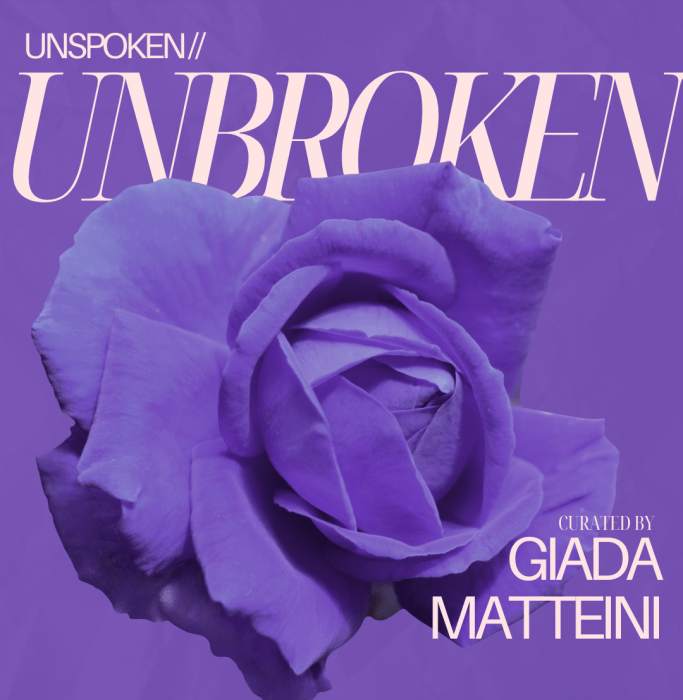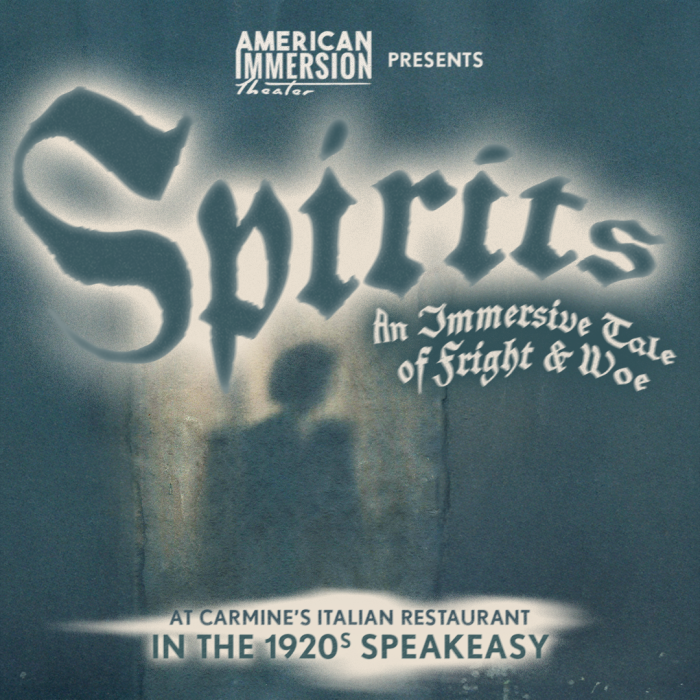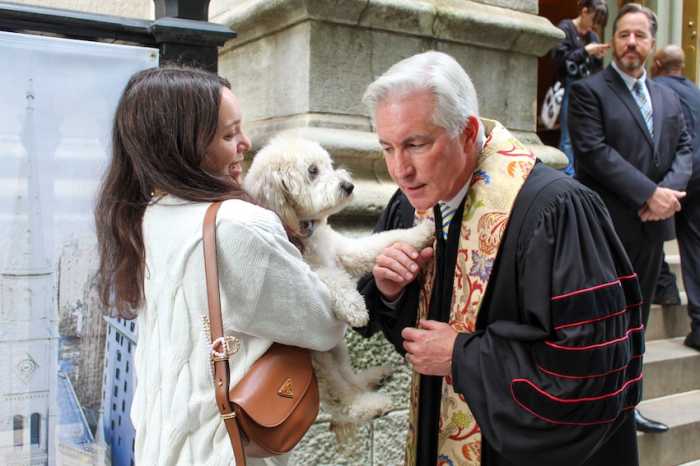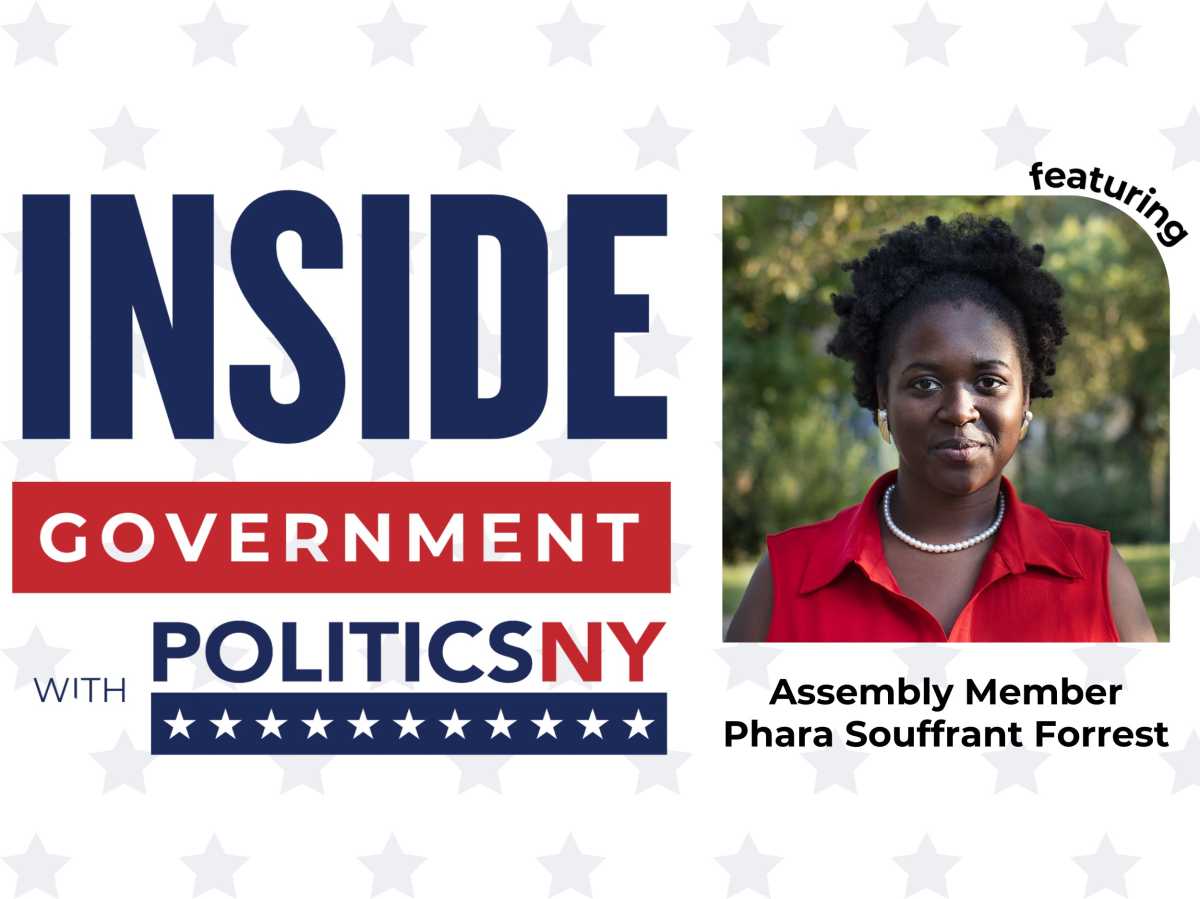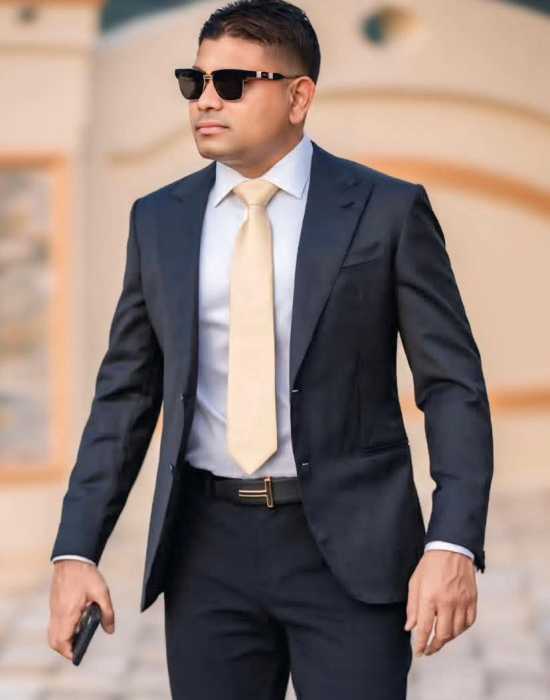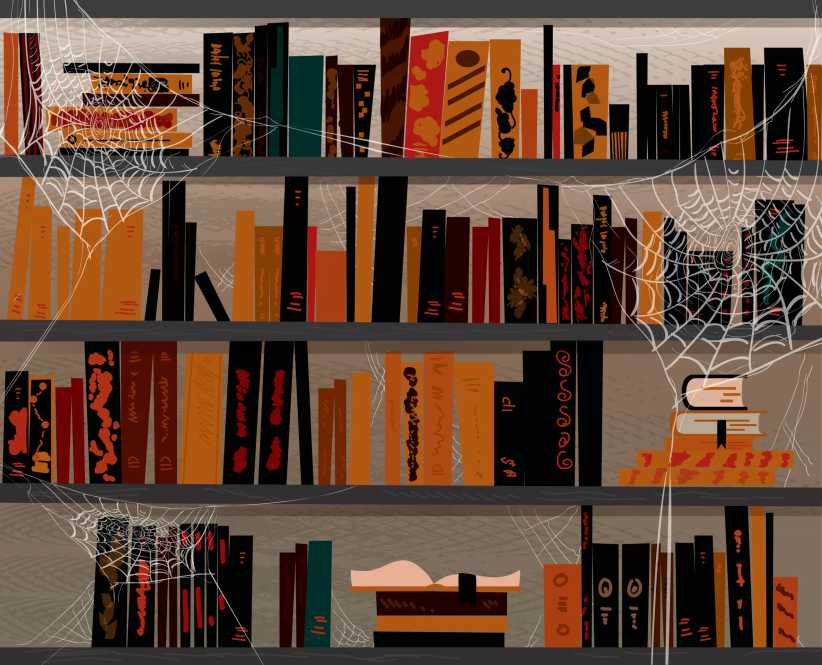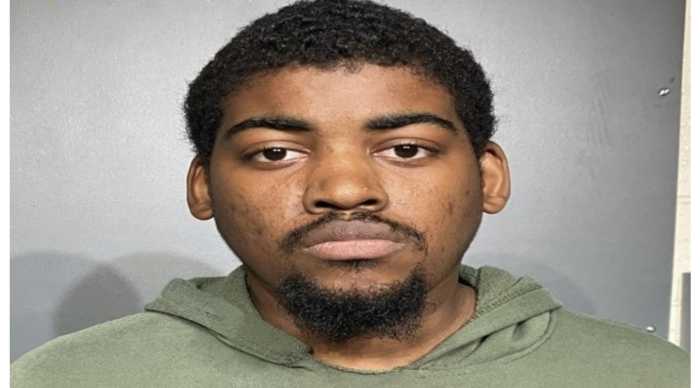As I bicycled past the newsstand on Avenue M, a paper I put down my dime, the price of a newspaper in 1964, and rode off with An appliance store under the el on McDonald Avenue in Gravesend doubled This wasn’t your typical newspaper office, and the Brooklyn Times I started writing the Brooklyn Philatelist, a weekly column that was both My School Scenes column evolved into a multi-page Brooklyn Times Teener The Teener featured school news, pop star news, contests (we got several At dawn Thursdays, I’d rush to the newsstand at the Flatbush-Nostrand The Brooklyn Times, which was the nicest-looking Brooklyn weekly in those A chance encounter with Ralph Bongiorno in the mid-’70s would help
looking something like the National Enquirer caught my eye, a busty woman
sharing its cover with the headline, “Boro Mr. becomes Miss.”
the first issue of the Brooklyn Times, a borough-wide weekly that was
the brainchild of Ralph Bongiorno. A year earlier, Ralph had been production
manager and sports editor of the Brooklyn Eagle in its final incarnation.
Now, he was editing a tabloid that knew how to attract readers (subsequent
issues would do it without sex-change stories).
as the official office of the Brooklyn Times. But Ralph didn’t work
there (neither did the publisher, Lou Bruno, who lived next door); Ralph
was based at his day job on El Tiempo, a Spanish-language daily edited
by Stanley Ross, one of the Eagle’s last editors.
(no relation to a paper of the same name published in the ’80s by
the Home Reporter) was certainly not your typical newspaper. What it lacked
in capital, it made up for in soul.
newsy and full of Brooklyn advocacy. When the U.S. was about to issue
a commemorative stamp honoring Winston Churchill, whose mother Jennie
Jerome was born on Henry Street, I argued that its “First Day”
release should be in Brooklyn (the Post Office instead chose Fulton, Missouri,
site of Churchill’s famous Iron Curtain speech.)
section; I’d spend most of my weekends writing, editing and laying
out the Teener, then my mother or father would drive me to Gravesend as
my deadline — Sunday midnight — approached.
hundred coupons for a Rolling Stones ticket give-a-way), teen advice and
lots of teen-oriented politics (this was the ’60s, after all). I
wrote “teen-a-torials” about civil rights, Vietnam (in 1965,
we were big boosters of U.S. intervention), testing crazes and school
schedules. We interviewed the teen children of prominent politicians like
mayoral candidate John Lindsay.
junction to be there as the delivery truck arrived, anxious to see how
my section printed and to delight when one of my stories was promoted,
in “Boro Mr. Becomes Miss” style, on the front page.
And for this, they even paid me! It was heady stuff for a 15-year-old.
days (Ralph had the advantage of being a great editor and knowing the
technical ropes), lasted four years. After temporarily publishing on a
daily basis during a Manhattan newspaper strike (including, for a time,
an almost-daily Teener section), Ralph and Lou got the idea that they
could become the new Eagle, a real daily, and started raising money. But
it wasn’t to be.
facilitate the birth of The Brooklyn Papers, a story we’ll leave
for another day. The Brookyn Times was Ralph’s inspiration, and his
courage in starting and sustaining it in the service of Brooklyn should
not be forgotten in the borough’s history. In my book, he was the
equal of any of the Eagle’s great editors.


